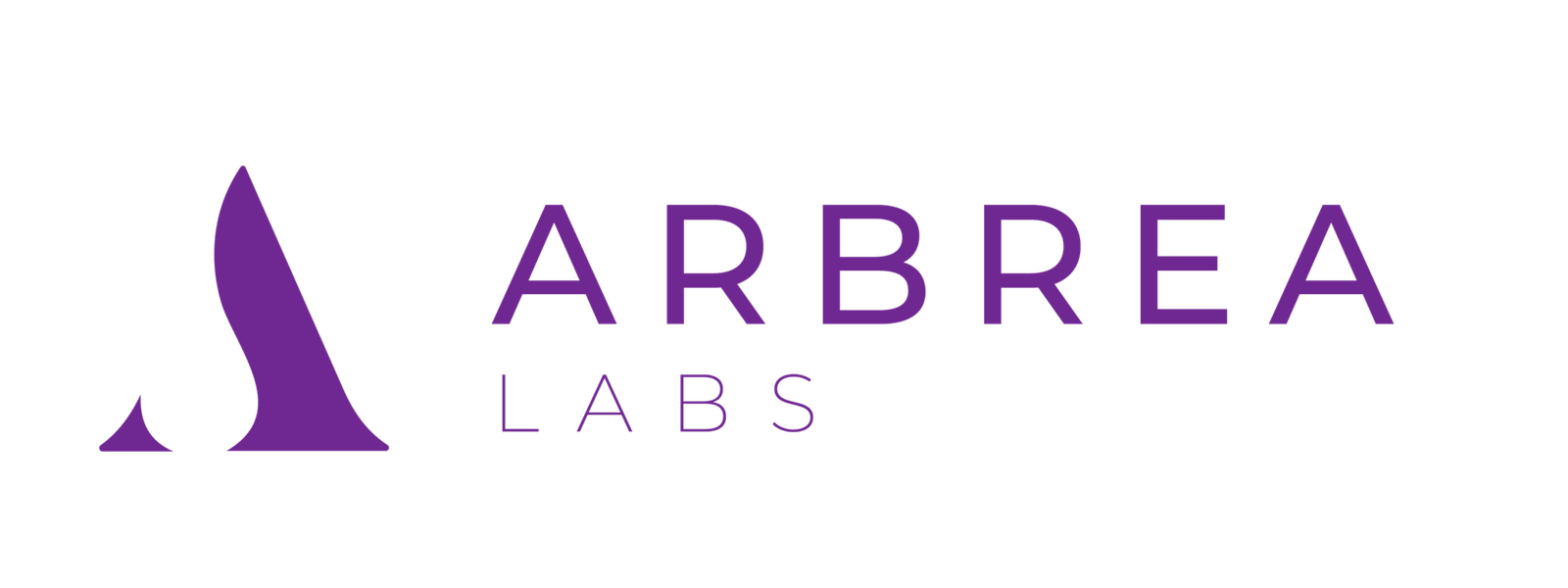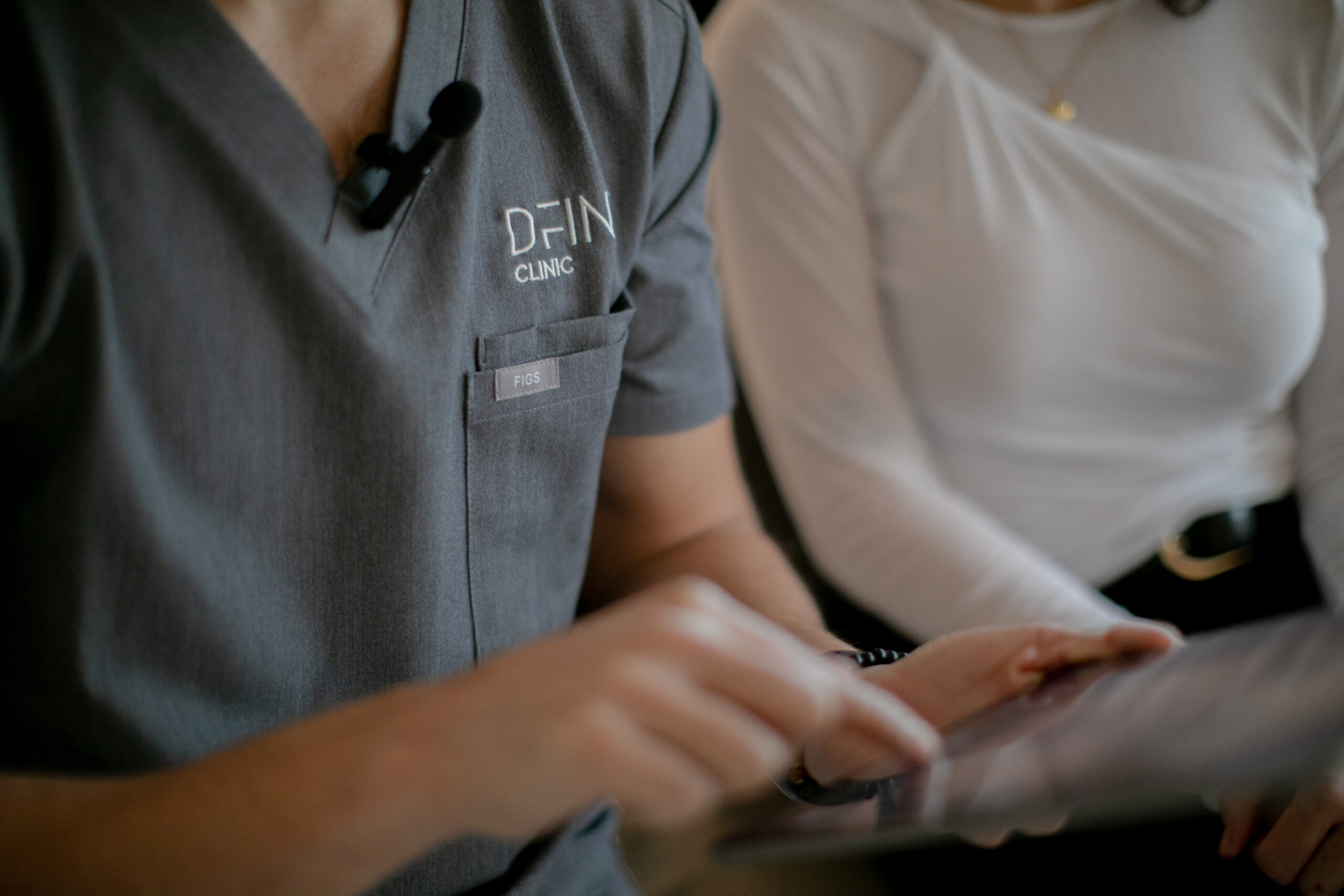Aesthetic surgery is a field where trust and communication between the surgeon and the patient are paramount. Preoperative anxiety can significantly influence patient satisfaction and the final outcomes of surgery. Today, we have the pleasure of speaking with Dr. Carmelo Famà of Dfine Clinic, who shares his experience in integrating advanced technologies like Arbrea Suite to reduce anxiety in his patients.
What are the main indicators that a patient is particularly anxious before aesthetic surgery?
Patients experiencing notable preoperative anxiety often show excessive concern about the final result, ask repetitive questions, and frequently express doubts about the procedure. They may have difficulty making decisions and exhibit a fear of change. Additionally, it’s common for them to manifest intense fear of possible complications or obtaining undesired or unnatural results. Recognizing these indicators is essential to effectively intervene and reduce their anxiety.
How can preoperative anxiety affect the patient’s final satisfaction with the surgical results?
Preoperative anxiety can negatively impact patient satisfaction. Those who are anxious tend to perceive postoperative pain and inflammation as more intense, increasing their discomfort. This anxiety can affect recovery and healing, prolonging the healing time due to hormonal alterations involving cortisol and adrenaline levels. Moreover, elevated and unrealistic expectations can lead to an unsatisfactory perception of the final results. Therefore, it’s crucial to properly manage anxiety before surgery.
How important is the first appointment in the relationship between surgeon and patient, especially in reducing anxiety?
The first appointment is fundamental in establishing a trustful relationship between the surgeon and the patient. During this initial consultation, the patient often experiences fear and uncertainty about the surgery, risks, and possible outcomes. An empathetic surgeon who listens actively and clearly explains the surgical procedure can significantly reduce anxiety levels. This first contact is also an opportunity to detect hidden concerns or fears that could affect the procedure’s success or the expectation of the result.
What role does transparency in communication with the patient play in reducing anxiety before surgery?
Transparency in communication is essential to reduce preoperative anxiety. Being honest in explaining both the benefits and risks of the procedure builds trust and avoids unrealistic expectations. It’s important to detail each stage of the process, including possible complications, the actual recovery time, and the expected results. This honesty allows the patient to make an informed decision, which helps diminish their fears and makes them feel more prepared.
How do new technologies, like Arbrea Suite, influence the detection and management of preoperative anxiety?
New technologies, such as the 3D simulators of Arbrea Suite, play a key role in reducing preoperative anxiety. By offering an anticipated and realistic visualization of the expected results, they help patients manage their expectations and diminish the fear of the unknown. These simulations allow patients to explore different options and potential outcomes, giving them greater control over the process. In our practice, we’ve noticed an improvement in patient-surgeon communication, reducing misunderstandings and better aligning expectations with possible results. This leads to more informed decision-making and an increase in postoperative satisfaction.
At what point in the preoperative process do you introduce visualization technology like Arbrea Suite, and how does this affect the patient’s expectations?
We introduce 3D simulation technology during the first preoperative visit, after analyzing the patient’s health, expectations, and anatomical measurements. Often, patients arrive with preconceived ideas based on conversations with acquaintances or images of others. By using the 3D simulator, they can see how they would actually look, avoiding comparisons with other people. This allows them to make more informed and personalized decisions, adjusting their expectations realistically and reducing anxiety about the surgery’s results.
What advice would you give to other surgeons about integrating advanced technologies into their daily practice to improve the patient experience and reduce their anxiety before surgery?
I would highly recommend integrating simulation technologies as a fundamental tool in the consultation. 3D simulators offer patients a realistic visualization of the expected results, which helps align their expectations with what is truly possible. They facilitate clear communication and reduce misunderstandings, ensuring the patient has a complete understanding of the procedure.
It’s vital to provide personalized options; by showing different outcome scenarios, patients can make more informed decisions. Interactive simulations allow them to visually experience the changes before surgery, which is very reassuring. Additionally, offering visual education through videos and interactive materials that explain the procedure and recovery can be extremely helpful.
By integrating these technologies, we not only improve patient satisfaction and experience but also make the process clearer and less stressful. Ultimately, this contributes to more successful results and greater trust in the doctor-patient relationship.
About Dr. Carmelo Famà and Dfine Clinic
Dr. Carmelo Famà is a renowned plastic surgeon with extensive experience in aesthetic and reconstructive surgery. Founder of Dfine Clinic, located in Barcelona, he specializes in offering personalized treatments that combine the latest technological innovations with a patient-centered approach. His commitment to excellence and safety has positioned Dfine Clinic as a reference in the sector, integrating advanced tools like Arbrea Suite to enhance the pre- and postoperative experience. Dr. Famà and his team are dedicated to providing natural and satisfactory results, always prioritizing the patient’s well-being and confidence.















